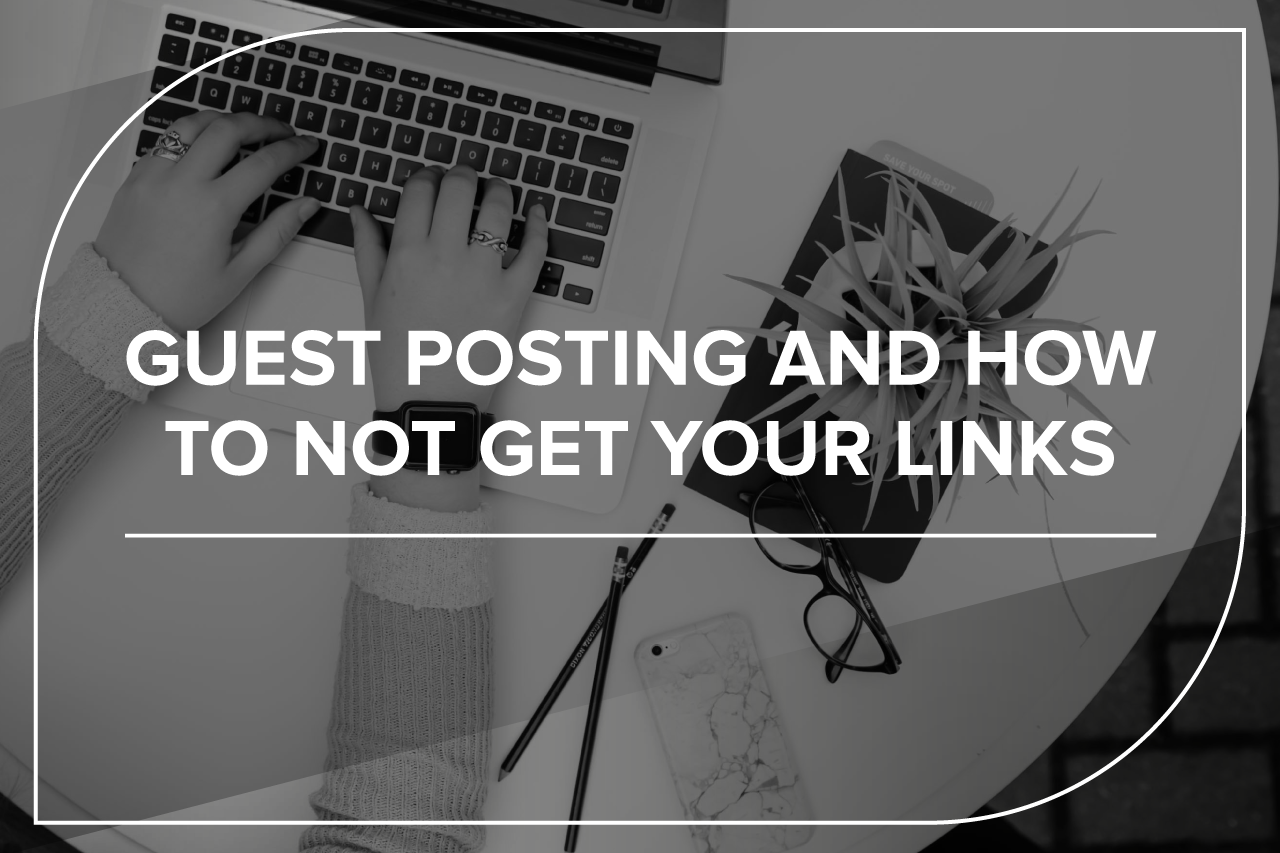Digital PR Isn’t Link Building. It’s the Most Profitable Channel You’re Ignoring
Digital PR

28 / 07 / 20
It is one of our most loved SEO tools and a must for anybody who is serious about SEO: SEMrush. But in June 2020 some negative headlines made the news, or shall we better say, made Twitter?
This reminds a lot of those emails we occasionally get from what we call a “link broker”. They are offering links that supposedly “look natural” on high-quality, authoritative websites… for a price. Some of that money is for the link broker himself, some is for the writer who creates a beautiful, natural article about playing poker games in between changing diapers and the rest is for the webmaster who manages the website that the link will be placed on. That is the very definition of a paid link!
What SEMrush claimed though is that they have a team of digital PRs that is reaching out to journalists, similar to an outreach agency. The statement also included that they wouldn’t pay the other website and that the payment is merely for digital PR services. But there is a but: If they reach out to journalists the same way we do at JBH, why do they charge per link and how do they guarantee certain stats? We all love the idea of that, but if you are doing outreach the natural way, you should get more than one link out of it and there will naturally be links from different websites with very different stats. Everybody who can guarantee that there will only ever be links from websites with a DR of 50+ and minimum 5000 visitors per month, is probably not doing it the natural way. Head over to our case studies if you’d like to get an idea of the results of a link building campaign that uses digital PR.
“Natural” seems the new buzzword when it comes to link building. A few years ago, the main discussion in SEO was about paid links and non-paid links, now it is more about natural and unnatural. In his response to SEMrush, Google’s John Muller clearly classified unnatural links as being spam:
What this means is that even if you are not paying for a link, the moment it looks as if you might have paid for it, it could become a problem. This will either be a manual penalty, an algorithmic penalty (Penguin is still part of Google’s algorithm) or it simply won’t have any impact as the algorithm ignores such links. Is that worth the investment? The money might be better spent by creating great content and using an outreach agency to promote that content. The journalists that see value in your content will link to it and promote it further.
The biggest difference here is the person who writes the piece of content that contains the link. In guest posting or services such as the one SEMrush was offering, somebody writes the content with the link based on clear instructions on topic and link embedding for that particular article. In natural outreach, a journalist writes the content and decides where and how a link might be included. The only guideline that is followed in that case is the editorial guideline of the website the journalist is writing for.
When looking at a link, ask yourself whether the whole article is written in the same style as the rest of the website. Is the topic standing on its own or does if fit in well with the rest of the website? Is the author mentioned and if yes is he or she a regular contributor to that website? Are there internal links in the article that connect it to the rest of the website? Does the link to your website look legit or shoe-horned? By answering these questions, you should be able to tell whether a link is natural or not.
We have not tested the SEMrush marketplace, why would we anyways? But we are suspicious of what SEMrush was offering at the beginning of June. We give them the benefit of the doubt and say that they might have just described their digital PR services in an unfortunate way, but it certainly caused some controversy within the SEO industry with headlines that read “SEMrush selling links”. The fact that their own backlink audit tool flagged such links as being toxic (as discovered and tested by Tom Rayner) shows that they know the difference between a good and a bad link:
The case caused a controversy that led to SEMrush taking their guest posting service down after a few days:
It also led to Google’s John Muller clearly warning on guest posting for links. He repeatedly mentioned that such links should get a rel=nofollow and rel=sponsored tag. If done right, these links are useful to reach a wider audience and promote your business, but the value for SEO is highly questionable and in the worst case harmful.